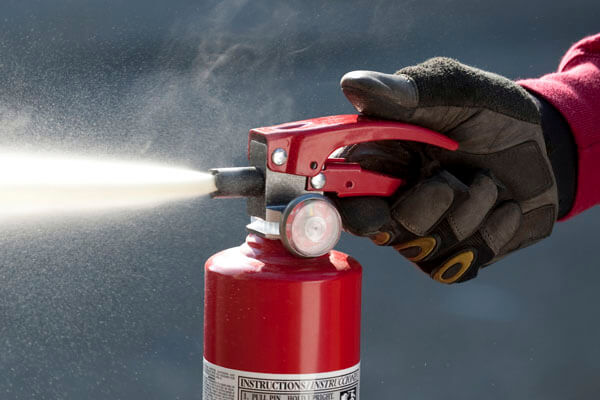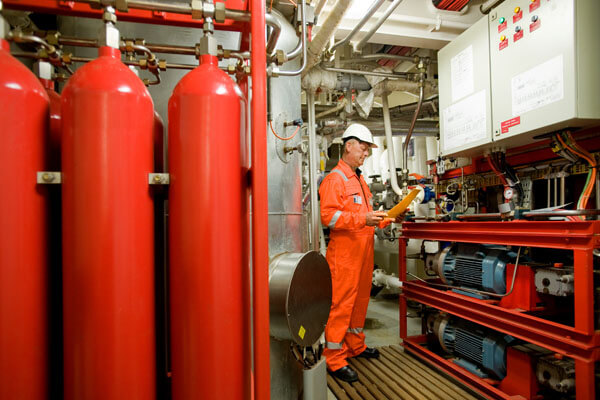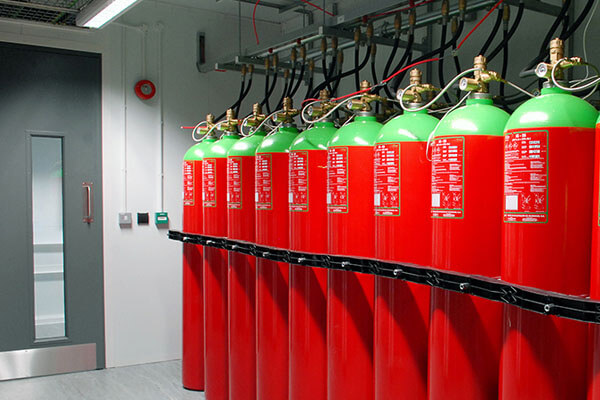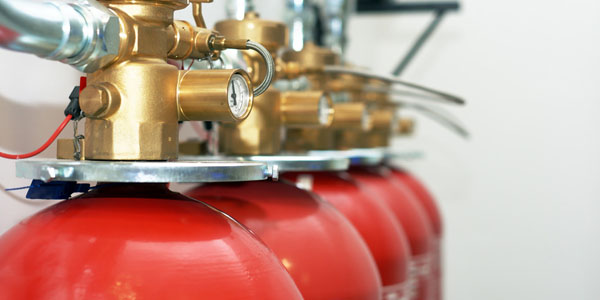INTRODUCTION:
Spark fire detection and suppression systems have emerged as cutting-edge technology that detects and suppresses fires caused by sparks or embers, minimizing potential damages.
This article explores the features, benefits, and applications of spark fire detection and suppression systems.
Understanding Spark Fire Detection Systems:
Spark fire detection systems are designed to identify and respond to sparks and embers before they have the chance to ignite a fire. These systems use advanced technologies, including sensors, cameras, and thermal imaging, to detect the presence of sparks or hot particles in real-time. The sensors are strategically placed in areas prone to sparks, such as industrial processes, manufacturing plants, and areas where flammable materials are present.
Once a spark is detected, the system triggers an alarm, alerting operators to the potential fire hazard. Simultaneously, cameras and thermal imaging devices capture the location and intensity of the spark, providing valuable information for further analysis and decision-making.
Key Features and Components:
a) Spark Detection Sensors: These sensors are the backbone of the system, capable of detecting even the smallest sparks or embers. They are sensitive to infrared radiation emitted by hot particles and can differentiate between normal operational heat and potential fire hazards.
b) Alarm Systems: Spark detection systems incorporate audible and visible alarms to alert personnel about the detected sparks. The alarms are typically loud and distinct, ensuring prompt response from the operators.
c) Control Panel: The control panel serves as the central hub for monitoring the spark detection system. It provides real-time data on detected sparks, their locations, and intensity. Operators can analyze this information to evaluate the severity of the situation and make informed decisions.
d) Integration with Suppression Systems: Spark fire detection systems can be seamlessly integrated with various fire suppression systems, including water sprinklers, foam suppression, or gas-based systems. Upon detection, the system can automatically activate the appropriate suppression system, minimizing the spread of fire.
Benefits of Spark Fire Detection Systems:
• Early Fire Detection: Spark fire detection systems have the ability to identify fire hazards at their nascent stage. By detecting sparks and embers before a full-blown fire erupts, these systems enable rapid response and intervention, reducing the risk of catastrophic fires.
• Quick Response Time: The real-time detection capabilities of these systems ensure a swift response to potential fire incidents. By triggering alarms and providing immediate alerts, operators can take necessary action to extinguish the sparks or evacuate the area, preventing further damage or injuries.
• Enhanced Safety: Spark fire detection systems significantly enhance the safety of personnel and assets by proactively identifying fire hazards. With early warning mechanisms in place, employees can be evacuated promptly, and appropriate measures can be taken to safeguard valuable equipment, materials, and infrastructure.
• Integration with Suppression Systems: By seamlessly integrating with suppression systems, spark fire detection systems can automatically activate the appropriate suppression mechanism to extinguish the fire at its source. This integration minimizes response time, as it eliminates the need for manual intervention.
Applications of Spark Fire Detection Systems:
1) Industrial Environments: Spark fire detection systems find extensive use in manufacturing plants, industrial processes, and facilities where sparks or embers are generated, such as welding operations, grinding processes, or thermal cutting.
2) Power Generation Facilities: Power plants, including those fueled by coal or biomass, can benefit from spark fire detection systems to mitigate the risks associated with fire outbreaks caused by sparks or hot particles.
3) Recycling and Waste Management: Recycling facilities and waste management centers are prone to fire hazards due to the presence of combustible materials. Spark fire detection systems help in detecting and suppressing fires in these environments.
4) Woodworking and Sawmills: Woodworking shops and sawmills often deal with combustible materials and machinery that generate sparks. Implementing spark fire detection systems in these settings ensures early detection and rapid suppression.
CONCLUSION:
Spark fire detection and suppression systems have revolutionized the way fires are detected and prevented. With their advanced technology and real-time monitoring capabilities, these systems offer enhanced safety, early warning mechanisms, and seamless integration with suppression systems. By detecting sparks and embers at the inception stage, these systems play a vital role in minimizing fire-related risks, protecting lives, and preventing potential catastrophes across various industries and applications.
DO YOU HAVE ANY QUESTIONS ABOUT?
Don’t wait to contact us now by sending an email to info@bio-genesis.it! Our experts are at your complete disposal to guide you in choosing the most suitable product for your fire-fighting needs.





